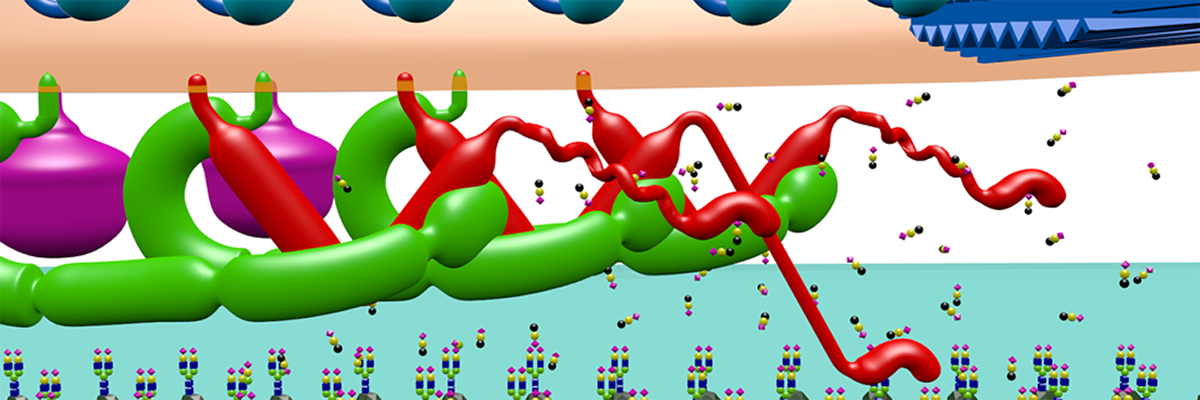Aim研究目的
1988年のグループ設立以来,(1) マイコプラズマ属細菌の細胞複製,(2) マイコプラズマ属細菌の滑走運動,(3) スピロプラズマ属細菌の滑走運動,(4) 細菌のペプチドグリカン層の構造解析,で多くの実績を積んで来ました.現在は,米国クレイグベンター研究所から2016年に発表された,ミニマル合成細菌,JCVI-syn3を材料に用いた実験で(1) モリクテス綱細菌の起源,(2) 地球生命の運動能の起源,(3) 細胞の生と死の境界,に迫りつつあります.
Since the establishment of our group in 1988, we have made many achievements in (1) cell replication of Mycoplasma, (2) gliding movement of Mycoplasma, (3) gliding movement of Spiroplasma, and (4) structural analysis of peptidoglycan layers in bacteria. Currently, we are approaching (1) the origin of the class Mollicutes, (2) the origin of the motility of life on Earth, and (3) the boundary between life and death of cells, with experiments using the minimal synthetic bacteria, JCVI-syn3, released by the Craig Venter Institute, USA, in 2016.
 Miyata lab
Miyata lab